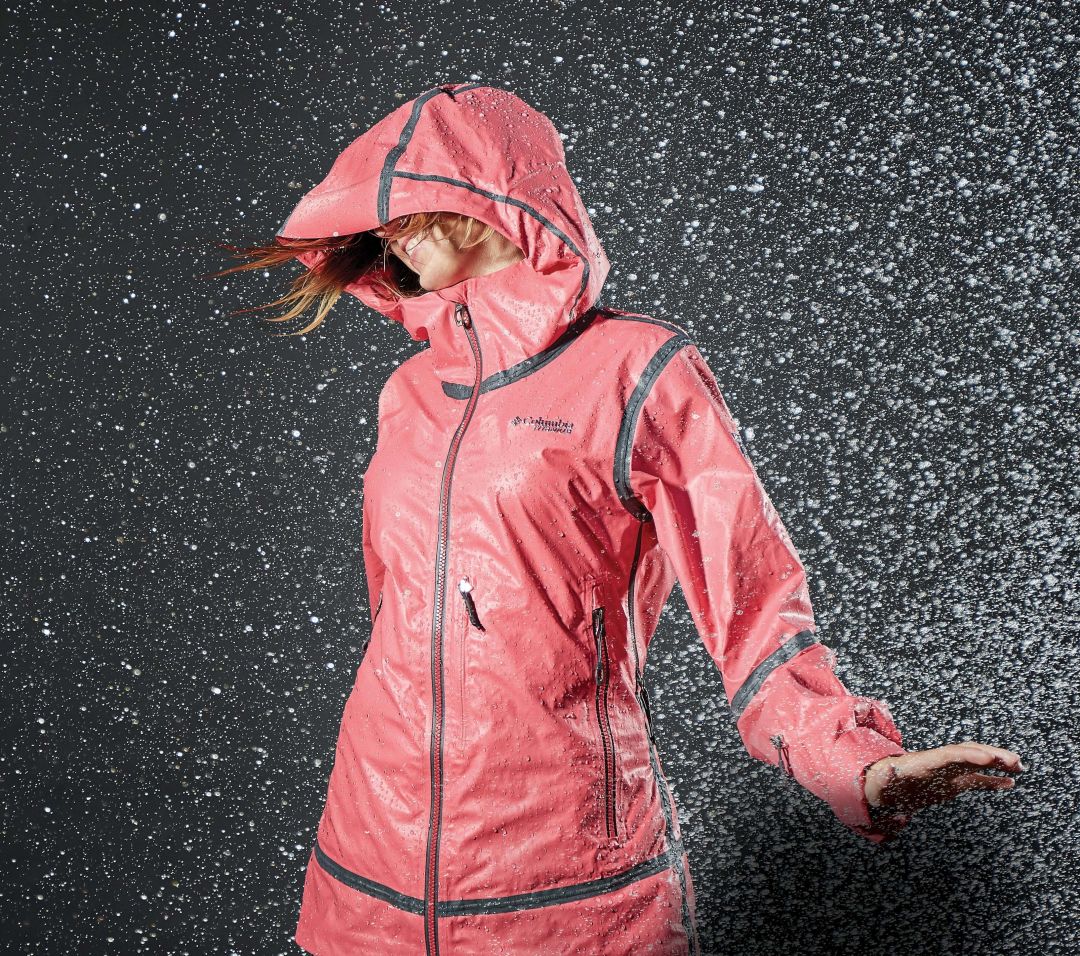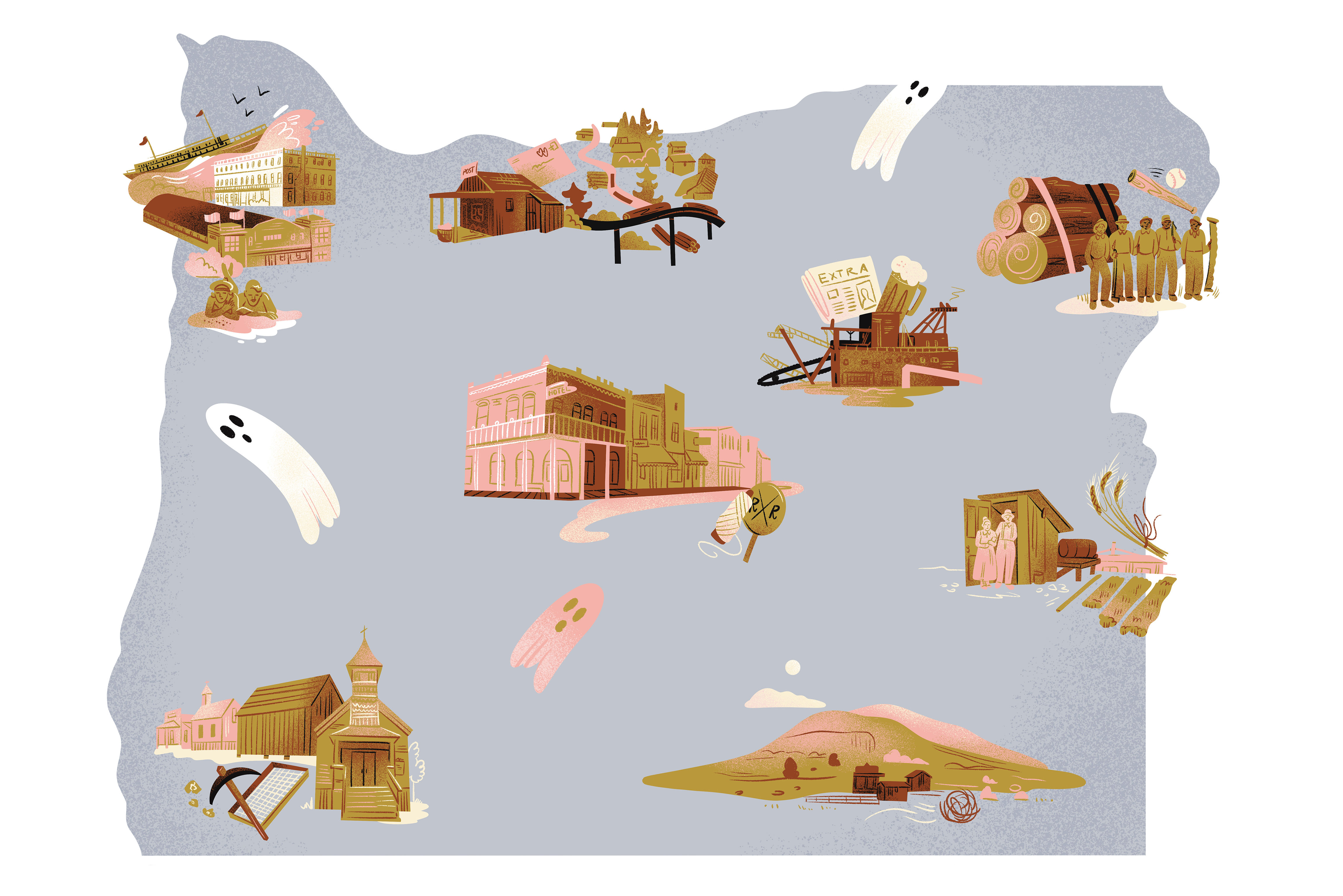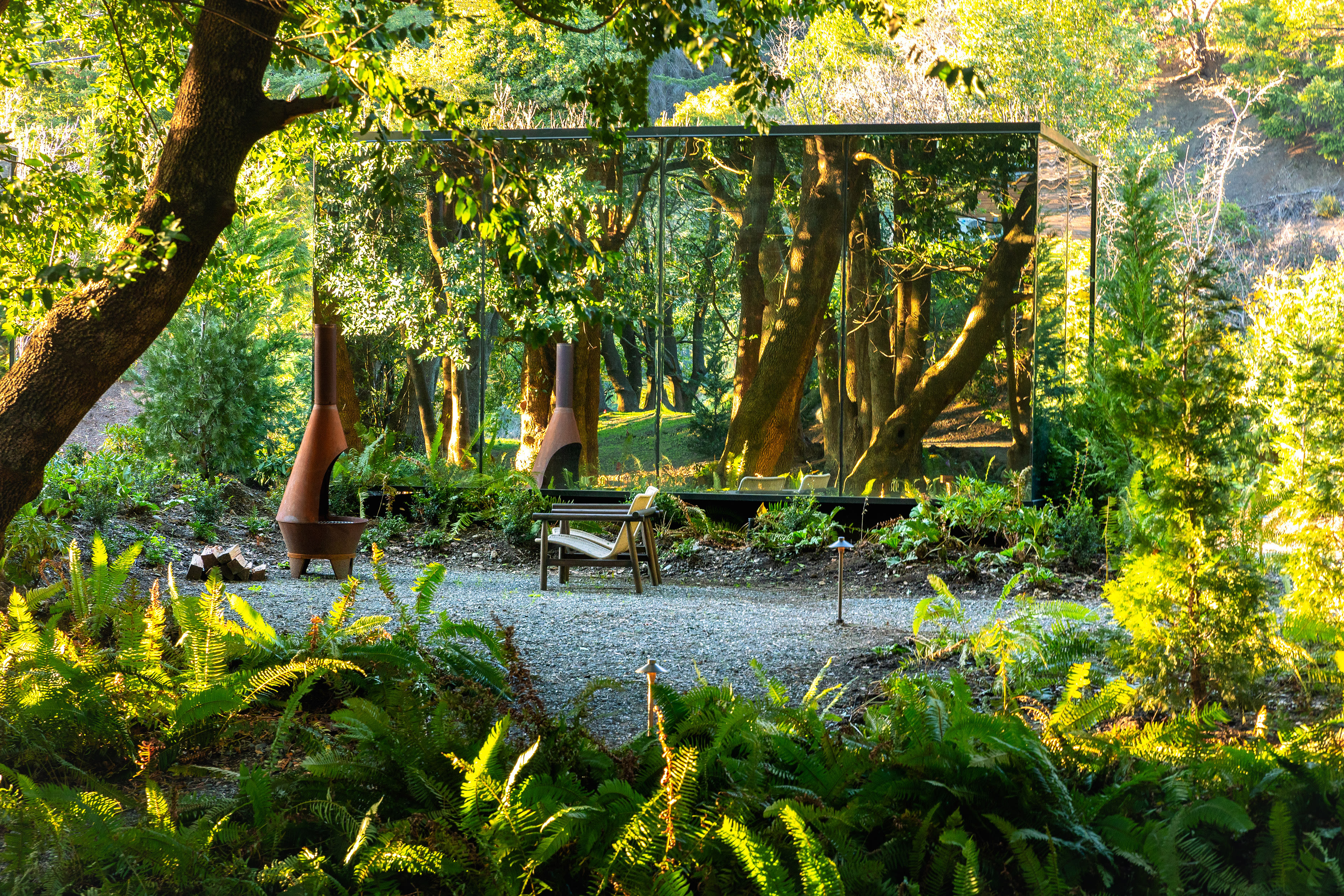Columbia Sportswear Takes on Gore-Tex

Image: Nicolle Clemetson
Columbia Sportswear’s R&D lab, at company headquarters on the outskirts of Beaverton, looks like Q’s playground for testing jet-propelled Aston Martins. Machines of all shapes and sizes measure heat, moisture, and flexibility. An X-ray device scans competitors’ equipment for secrets. And in the back, a giant treadmill-like machine studded with boulders and logs and slicked with water puts trail-running shoes through their paces.
It’s safe to say that this center’s leader, Woody Blackford, is a huge nerd. A vet of the lab since 2005, Blackford became Columbia’s VP of design and innovation in 2013, assuming the formidable task of freeing the Portland company from a feedback loop of staid, vanilla design. In the ’70s, Columbia produced hunting and fishing apparel; in the ’80s, skiwear and the iconic Bugaboo parka. In more recent years, Columbia rebranded by introducing flashy (and marketable) technologies like Omni-Heat, a fabric that mimics space blankets; Omni-Freeze, a sweat-activated cooling fabric; and Omni-Wick, a treatment that disperses sweat.
“This business is about making a new line every season,” Blackford explains. “Early on I got into trouble for spending too much time on prototypes.” But now, Blackford and his 10-person team think they might have found the game-changer they’ve been looking for: OutDry Extreme, a new waterproof, breathable membrane poised to challenge GoreTex’s de facto monopoly on outdoorsy textiles, with the potential to attract serious outdoorspeople to the family-oriented, weekend-warrior brand.
Says Blackford: “For the consumer to really engage with and be inspired by the brand, we also needed to be making products for people that inspire them—the ‘super-active’ or ‘elite.’”
Take a look at your rain jacket, your hiking boots, or your backpack. Chances are, they involve some Gore-Tex, the building-block fiber of the outdoor universe ever since 1969, when a chemical engineer named Robert W. Gore accidentally created it while trying to come up with a new form of pipe thread tape.
Since then, waterproof gear has barely changed, even though Gore-Tex and similar technologies have some fundamental flaws. The fragile Gore-Tex material has to be sandwiched between two fabric layers, meaning the outer textile must be treated with a temporary (and environmentally suspect) waterproof finish, which eventually rubs off. The fabric on the inside often doesn’t breathe well, so all the condensation of exertion can leave the wearer soaked on the inside.
OutDry, which Blackford helped Columbia acquire from an Italian textile lab in 2010 and redevelop into its current iteration as OutDry “Extreme,” feels instead like a rubber rain slicker made breathable.
“I was blown away,” says Stephen Regenold, the Minneapolis-based founder of Gearjunkie.com, of OutDry Extreme. “Some of Columbia’s [technologies] have been perceived as gimmicky, especially four or five years ago. This was the first technology where I thought, ‘Holy crap, wow.’ I climbed Mount St. Helens in that jacket.”
Indeed, since hitting the market in early 2016, the OutDry jackets have been raking in accolades usually reserved for more coveted brands, from top publications like Men’s Journal, Outside, and Backpacker.
Not surprisingly, Columbia is now putting OutDry Extreme into everything.
Insulated jackets just hit the market for this winter, with a trail-running line fast in pursuit for spring. Also in the hopper: a jacket called the OutDry Extreme Eco, made entirely of recycled plastic bottles and without dye. (It looks like a costume from Woody Allen’s Sleeper, but sheds water like a champ.)
After Columbia announced its use of OutDry in 2015, Gore-Tex hastily partnered with Northface to create a similar outer membrane technology, called Gore-Tex Active, marketed to runners and cyclists. According to Regenold’s 2015 review, it’s fragile and tearable—not quite ready for pursuits beyond the asphalt. Maybe Columbia’s forecast calls for rain—in a good way.




